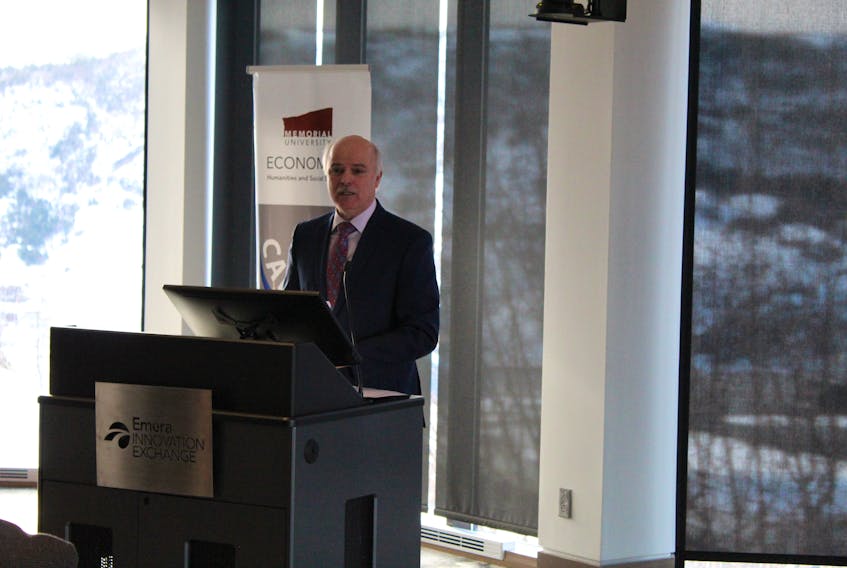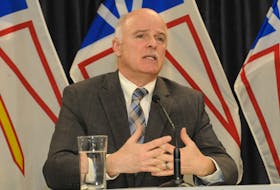ST. JOHN'S, N.L. — One of the province’s credit rating agencies says more details are needed about the agreement to restructure the finances of the Muskrat Falls project.
On Monday, Premier Dwight Ball announced the federal and provincial governments had agreed to restructure the financial arrangements of the $12.7-billion megaproject, which he argued was a major step in preventing electricity rates from doubling as a result of the project.
Michael Yake, senior credit officer with Moody’s Investors Service, issued a statement calling for more clarity on the deal.
"... until Newfoundland and Labrador provides details on rate mitigation factors, we continue to see risk that it may need to support Nalcor directly or electricity consumers to support the province’s goal to maintain low electricity rates over the next five to ten years.” — Michael Yake, Moody's
“(Monday’s) announcement between the province of Newfoundland and Labrador and the Government of Canada to defer sinking fund payments and cost overrun escrow accounts payments lowers the necessary long-term return on Muskrat Falls’ operations,” Yake wrote.
“However, until Newfoundland and Labrador provides details on rate mitigation factors, we continue to see risk that it may need to support Nalcor directly or electricity consumers to support the province’s goal to maintain low electricity rates over the next five to ten years.”

Finance Minister Tom Osborne says there are still plenty of details to work out in the restructuring of the financial arrangements of the Muskrat Falls project.
Osborne says it’s too early to say what the impact of the agreement will be on the coming provincial budget.
“I know finance officials are looking at what’s been talked about between the provincial and federal governments. The progress made in terms of changing from an internal rate of return to a cost of service model will save ratepayers a tremendous amount of money,” Osborne said.
“The investment in some of the assets, whether it’s a preferred share, those are the details that need to be worked out. The framework has been figured out between the province and the federal government.”
Monetizing existing assets is one of the topics of negotiation between the governments. For example, Osborne points to the 8.5 per cent rate of return on the Labrador-Island Link as a potential revenue stream that could be taken from Nalcor and applied to electricity rates.
“Neither ratepayers nor industrial payers could afford to have their electricity rate double. We’d see an exodus out of this province like we’ve never seen before. It is about balance,” Osborne said.

Auditor general Julia Mullaley said her office needs more details before determining what is good and what is bad about the agreement.
“We’re watching, monitoring, but I can’t say more than that,” she said.
Memorial University political science professor Russell Williams says asking the federal government to renegotiate the finances of the project is a major undertaking.
“I think everyone would like to know more. But it’s a difficult situation the government is in,” he said.
“The province of Newfoundland and Labrador is asking for something pretty unique in this case and it’s a difficult hill to climb.”
Twitter: @DavidMaherNL









